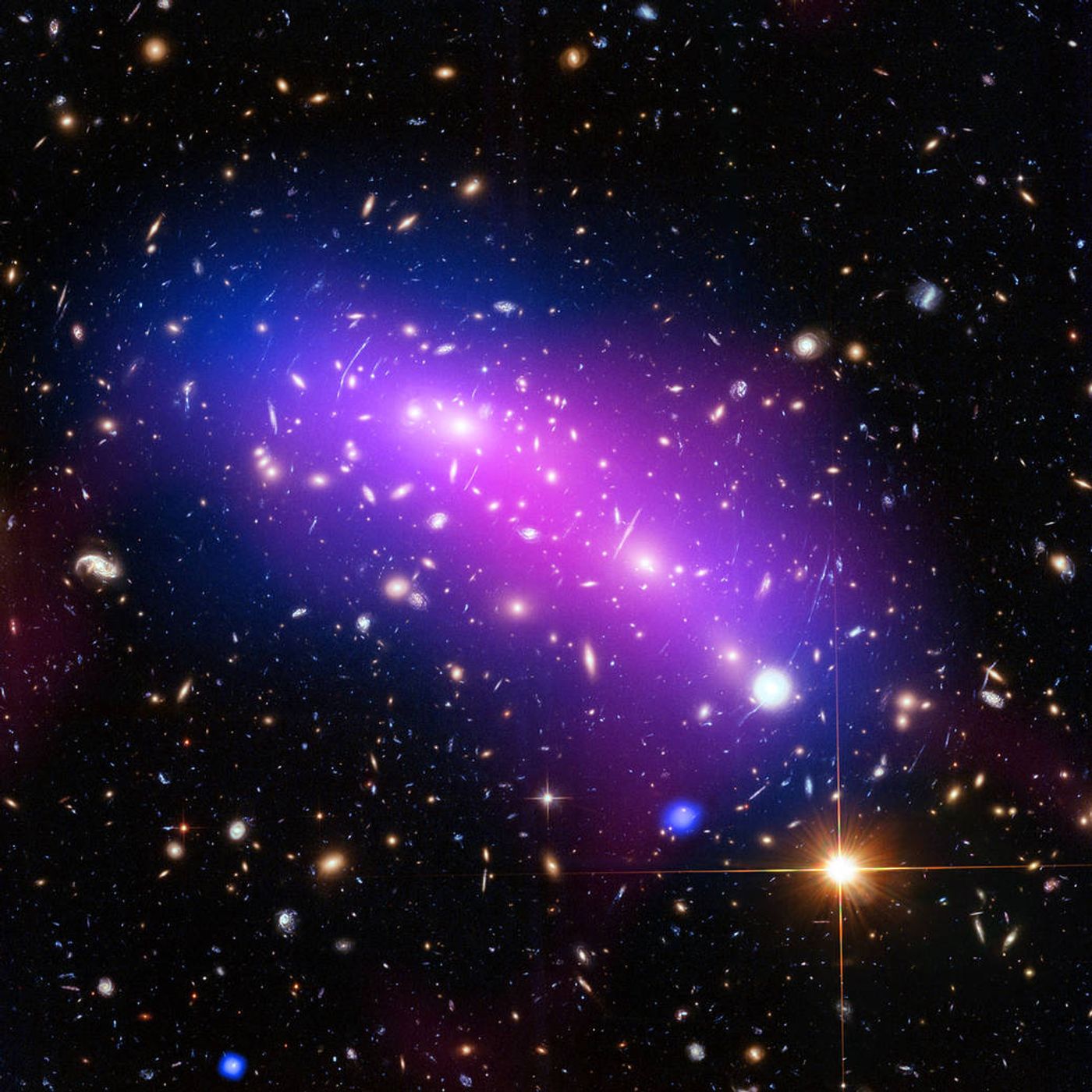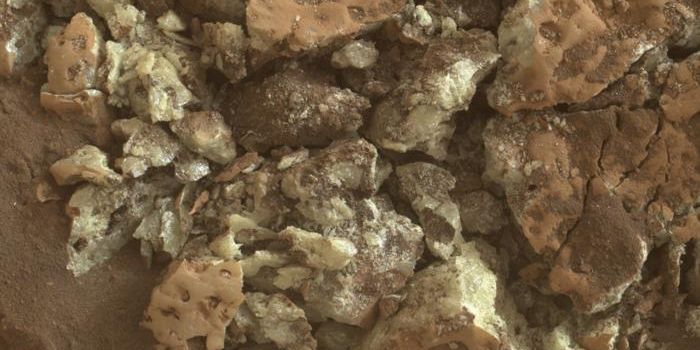Hubble Finds Two Colliding Galaxy Clusters
It was not long ago that NASA shared some incredible imagery of the center of our Milky Way galaxy, showing us stars captured in the infrared light spectrum, to pierce some of the incredibly thick dust clouds, and then converted to color that our eyes see and understand.
What we saw were a ton of stars surrounding the theoretical supermassive black hole at the center of our galaxy, but the detail wasn’t quite as stunning as the most recent Hubble Space Telescope picture.

Indeed, a new picture taken by the Hubble Space Telescope shows a variety of galaxies in time space. As NASA puts it, the image looks like something out of a kaleidoscope, bright with various colors and beautiful bright lights that make it completely awe-inspiring.
On the other hand, hidden in the kaleidoscope of colors and light is something incredible – what appears to be a collision between two galaxy clusters, which is being called MACS J416.1-2403.
In a statement, NASA says that the cluster collision is taking place about 4.3 billion light years away from planet Earth in the constellation known as Eridanus, which means what we’re seeing would have happened a long time ago, as it takes light quite a while to travel that great distance.
The galaxy clusters reportedly contain a large amount of dark matter, which causes distortion in our visibility of surrounding galaxies – hence all the purple and blue haziness that you see in the center of the photograph. These are very hot gasses caused by the collision.
It’s noted that the extreme pressures of these hot gasses creates what NASA refers to as a “magnifying lens,” and allows astronomers to see distant galaxies that may have occurred not long after the Big Bang. This is because the heat and distortion actually bends light.
Taking a peek at this image for a while, and continuing to monitor the region, astronomers are excited to learn more about what could be hiding out there, and possibly learn more about why we’re here and how we got here.
Source: NASA








